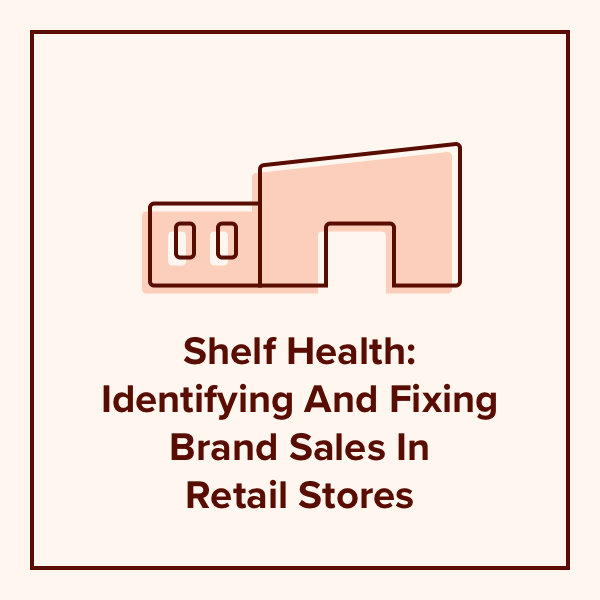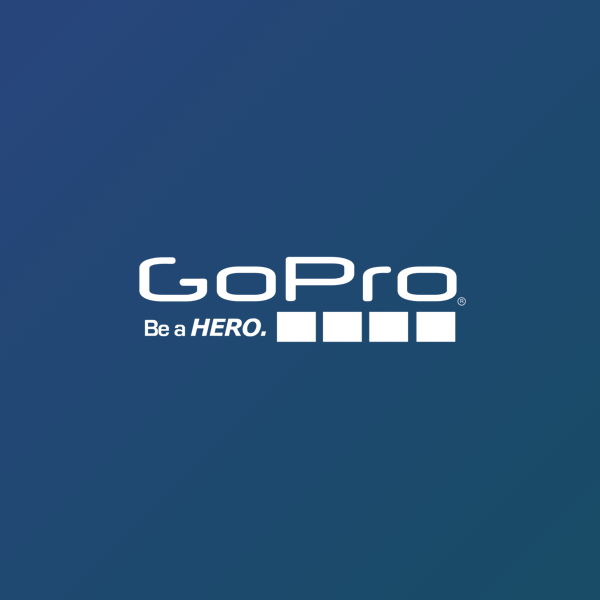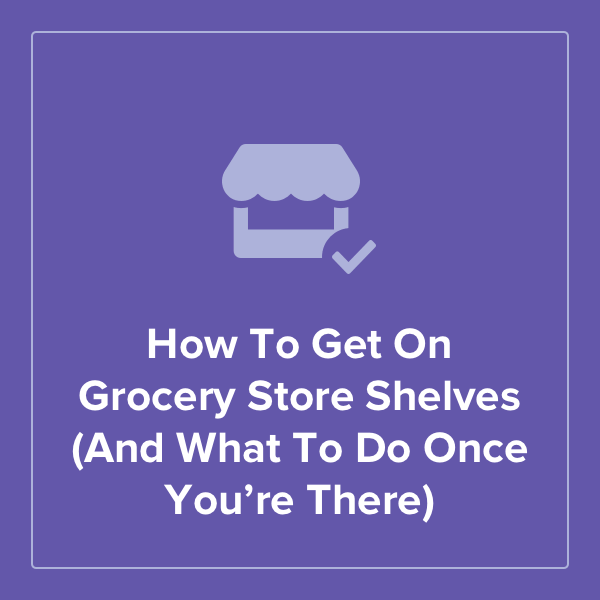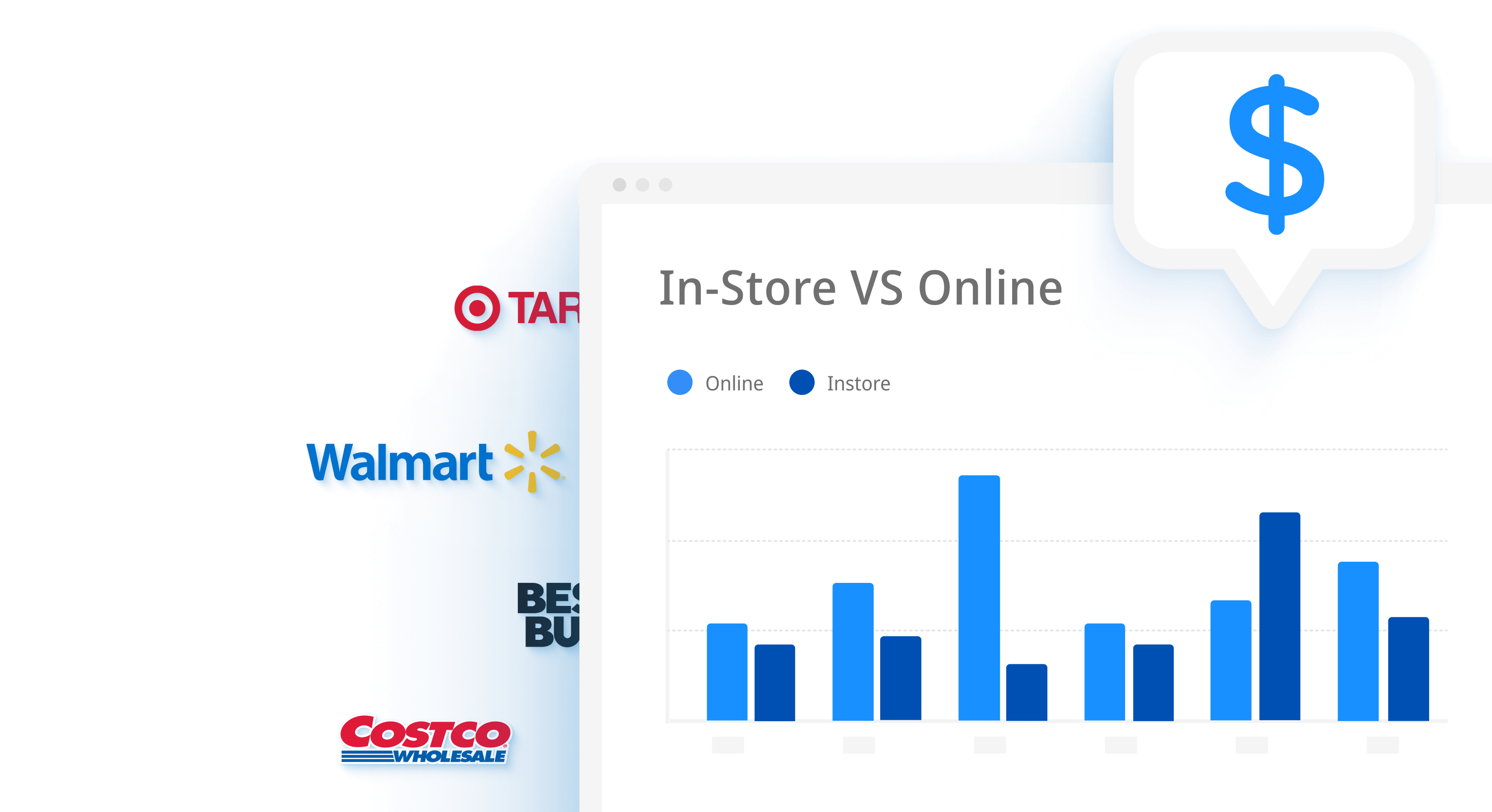Shelf Intelligence: Store-Level Data to Help Make Smart Brand Decisions
How does your brand look on the shelf?
Brands often have to manage their products from a distance and hope retailers and merchandisers set everything up correctly, and that the brand stands out among the sea of competitors. But, with factors like product availability and visibility, competitor activities, and shopper motivations to consider, it can be difficult knowing how your brand actually looks inside stores.
Most shoppers buy from a brand that they already know and trust. But if your products aren't positioned well on the shelf, or worse, aren't available at all, then the shopper will move on to another brand.
So, how do you make sure your company is being treated well? With shelf intelligence.
Having insights directly from the stores helps you to make logical, data-driven decisions that can be the difference between winning or losing a sale at the shelf.
What Is Shelf Intelligence?
Shelf intelligence is near real-time, actionable data about your shelf health. Gain insights into the details you can't see from the office, such as:
- On-shelf availability
- Display compliance
- Shopper sentiment
- Competitor prices and adjacencies
- Markdowns and promotions
- And more
This type of data is available to brands using shelf intelligence solutions, such as those offered by Wiser Solutions, in order to make logical, well-informed decisions about their products and campaigns.


GoPro Identifies $40+ MM Revenue Opportunity With Improved Retail Execution

How to Get on Grocery Store Shelves (And What to Do Once You're There)
How to Improve Your Shelf Intelligence
Improving your brand's shelf intelligence starts with gathering better data. You need to know exactly what's going on at the shelf and how your shoppers feel about it.
From auditing stores and collecting crowdsourced shelf insights, to having direct conversations with retailers and field teams, your brand has a world of information available to choose from.
Here are a few areas to start:
Shelf Visibility & Health
This all starts with your planogram. Make sure you have provided your retailers with detailed instructions on how your products should be displayed in stores. Then it's up to you to monitor how well these plans are being followed. Are your products well-stocked on the shelves, easily visible, facing outward, and in good condition? Any of these can be the reason a customer leaves with a competitor's product instead of yours.
Competitive Pricing
Ideally, your products should be priced competitively against other brands. To accomplish this, you need to know how the merchandise surrounding yours is being priced. On top of this, you need to know what your promotions, and competitor promotions, look like inside stores. All of this can help you to form a better pricing strategy.
Shopper Insights
Why are your customers in the store? Knowing what they need and what they value can help your brand market toward its base more efficiently. This information can also tell you why consumers might be choosing your competitor's product over yours, providing valuable insights on where to improve.
Monitoring this information and using the data to inform your brand decisions could provide a boost to your shelf intelligence.
Need Shelf Intelligence? Try Retail Audits
Retail auditing is the act of data collection from brick-and-mortar store locations to gather information on merchandising compliance, adjacencies, inventory levels, store associate knowledge, and many more shelf-level metrics. Retail auditing can be conducted by brands’ and retailers’ in-house teams or third-party market research firms or data providers.
The Benefits of Retail Auditing
Retail auditing can uncover a wide variety of metrics relevant to your business. It can be the ideal solution whether you need data on store associates and consumer behavior or details on merchandising or any other in-store element.
For example, retail audits look at:
- Inventory levels
- Shelf space
- Adjacencies
- Display compliance
- Item cannibalization
- Store associate knowledge
- Checkout experience
- Product condition
- Product prices and promotions
- Store cleanliness
- And much more!
The core benefits of retail audits are timely, cost-effective, and scalable data collection and data aggregation. By utilizing in-store audits, you can quickly gather large datasets that are tailored to your exact specifications. Have questions about merchandising compliance? Customize an audit around that. Unsure about store operational performance? Audit locations to get ahead of any potential issues, implement corrective actions, and ensure effective ops.
Furthermore, retail auditing doesn’t have to be conducted by someone related to your business, such as field merchandisers or contracted market research firms. One additional strategy is to employ mystery shoppers to get store data, as there is a larger pool of mystery shoppers than employees and data can be collected more quickly and across more store locations.
What is Mystery Shopping?
Mystery shopping is the strategy of deploying shoppers not known to the retailer into brick-and-mortar store locations to report on conditions. How mystery shopping is conducted has evolved over time, first completed with paper questionnaires or audio and video recordings. Today, mystery shopping is much more refined.
The reason is the proliferation of smartphones. Nearly every consumer is armed with a smartphone, and many already use them in stores to compare prices, read reviews, and find the best deals. Therefore, the next logical step in mystery shopping was to create a mobile application that brought your questions directly to consumers’ fingertips.
This is crowdsourcing, more specifically known as smartphone-enabled mystery shopping.
How Crowdsourced Mystery Shopping Benefits a Business
Crowdsourced mystery shopping and retail auditing go hand in hand. By crowdsourcing your retail audits, you gain access to a much larger network of shoppers than you’d otherwise have internally. That means more access, more data, and quicker results, plus a more cost-effective solution than using employees.
Best of all, crowdsourcing your retail audits allows you to be more proactive with your in-store research. You can have a questionnaire created that addresses all your needs, and then have those questions uploaded to a mystery shopping mobile app. Consumers across the U.S. can access that questionnaire on their own schedules, providing you around-the-clock and cross-country datasets. This approach is often preferred to reactive deployment of in-house teams upon learning of an in-store issue.
All in all, crowdsourced retail audits help identify problems before they impact sales, allowing you to quickly correct compliance or operational execution.
Get Started with Wiser’s Crowdsourced Retail Auditing
Diving into the world of crowdsourced retail auditing is relatively simple. That’s because, at Wiser, our smartphone application connects you to a nationwide network of secret shoppers, and we do the heavy lifting when it comes to deploying those shoppers, validating the data, and presenting it in an easy-to-use custom online dashboard.
Eager to get started? The first step is to identify what KPIs are most important to you. Let’s quickly recap part of what crowdsourced retail auditing can uncover:
- Merchandising and display compliance
- Shelf health
- Planogram compliance
- Adjacencies
- Store associate knowledge
- Checkout experience
- Inventory levels
- And much more!
How do your brick-and-mortar problems fit into these—or related—categories? Mystery shoppers can evaluate nearly every front-of-store feature, so there is no problem too big or too small to research. Once you know what you want to evaluate, we will help you:
Determine Your Question Set
Wiser will work with you to draft a set of questions to help benchmark your in-store performance. Our in-house team will create the questions for our mystery shoppers in-line with your overall business objectives. Importantly, we make sure the questions get at the heart of the issues you face and target your ideal shopper profiles. This way, your data will be more relevant and valuable.
Upload Questions to Crowdsourced Retail Auditing App
Once the question set is created, it will be uploaded to Wiser’s mobile mystery shopping app. We do all the heavy lifting with organizing the secret shopping, getting your questions in front of the right audience, and aggregating the results for your review and analysis. Once on the app, it will become available for app users in a predetermined demographic to access and complete, connecting you directly to your ideal shoppers out of Wiser’s network of hundreds of thousands of shoppers across the U.S., Canada, and U.K.
Gather Data over Predetermined Time Period
Next, Wiser will conduct the mystery shopping—known on the mobile app as a mission—for a time period agreed upon by your business. It can be longer or shorter as needed. For example, many businesses conduct missions during key drive periods, such as Black Friday, or to coincide with the launch of a new product, promotion, or store location. It only takes a few days for the data to roll in, but longer time periods can lead to larger sample sizes.
Validate the Data
Once shoppers provide their feedback via the mobile app, Wiser takes all that information and validates it for accuracy and relevancy. Our in-house team vets every survey response and eliminates any that don’t meet our data quality standards. Data can be rejected for a variety of reasons, including incomplete surveys, missing criteria such as photos of an in-store display, or answers that don’t relate to the questions. Once rejected, low-quality data never makes it to you. You only receive the best, most valuable data for your needs.
Analyze and Act
What happens to all that excellent brick-and-mortar data before it gets into your hands? It goes into our Wiser dashboard!
The dashboard is a custom-built online portal for each mission, incorporating only the data most relevant to your objectives. At the top of the dashboard is a broad overview of the survey results, typically including the number of responses, participant demographics, and survey time period. As you scroll down, you get more granular results closer toward the bottom of the page, including responses to specific questions you asked. All of this is visualized in graphs, charts, and tables for easy analysis. Photos of store conditions are also included if collected, and you can download the dashboard or the raw data as needed.
What to Do with Crowdsourced Shelf Intelligence
Now that you can see exactly what is going on inside brick-and-mortar stores, what can you do with all that data?
One of the more frustrating problems addressed by Wiser is a lack of proof of in-store issues. You may have a gut feeling—or have seen for yourself—broken in-store displays, out-of-stocks, missed activations, and other headaches, but can’t prove it later to your colleagues or superiors. And, you need that information to take corrective action.
Wiser is that proof. With our crowdsourced retail audits, you have data from thousands of mystery shoppers on your brand or retail locations. You can have pictures to accompany that data to show exactly what is wrong on the ground, plus visual charts and graphs to better illustrate your points.
Depending on the questions answered by our network of smartphone-enabled mystery shoppers, you can know:
- What the conditions are in multiple store locations
- What, if any, action has been taken by your teams, such as distributors, brokers, or store associates
- How individual stores compare to each other so you can prioritize corrective action
- How consumers behave in stores, from which product they’re likely to buy—and why—to how much they plan to spend, and more
Take corrective action once armed with this type of proof. Assign tasks to your relevant in-house party or schedule a fix for a later date. You can also use the data to influence your marketing campaigns, including future planograms, displays, promotions, and more. All the data you need to inspire positive change is at your fingertips.
Conclusion
How does your brand look on the shelf? How do shoppers perceive your brand when compared to your competitors? If you don't know for sure, then Wiser's shelf intelligence is the solution for you.
Powered by Wiser's Retail Intelligence product, brands receive in-store data that can help them be proactive with their decisions. With this intelligence, you'll have access to insights such as:
- Out-of-stock levels
- Broken or malfunctioning displays
- Planogram compliance
- Product prices
- Shopper behavior and attitudes
- Competitor share of shelf
All of this and more is available when using Wiser's Retail Intelligence for shelf-level insights. We get this information primarily through the deployment of our team of mystery shoppers, so your data stays up-to-date and accurate, straight from actual customers.
Contact Wiser today to learn more about how we can help you improve your shelf health and start winning more sales for your brand.
Actionable insights are a conversation away.
We’d love to give you immediate access to our Commerce Execution Suite, but first we need some information. Help us learn about your business so we can recommend an ideal solution.
